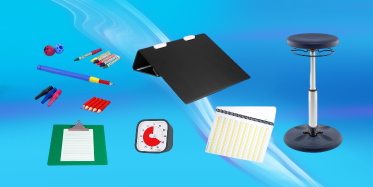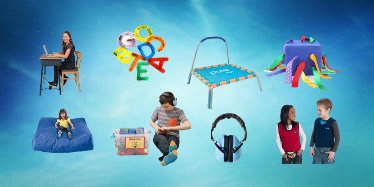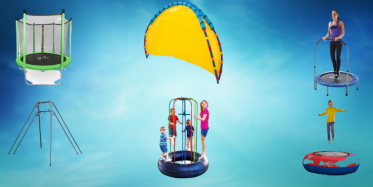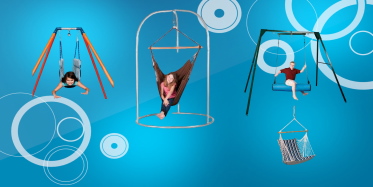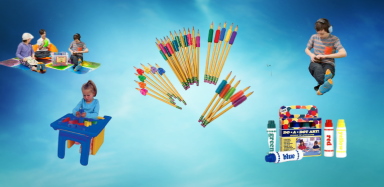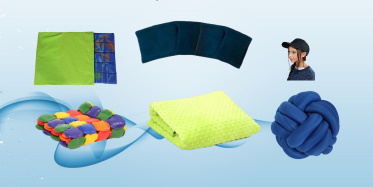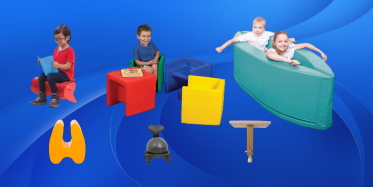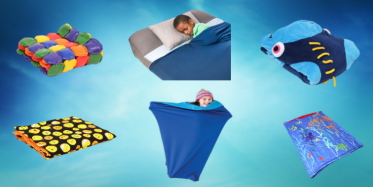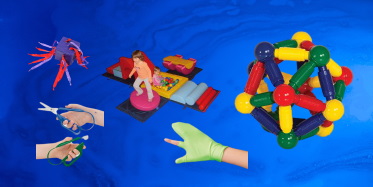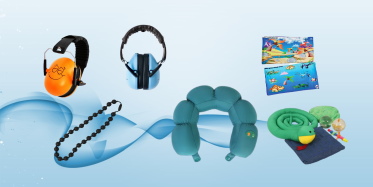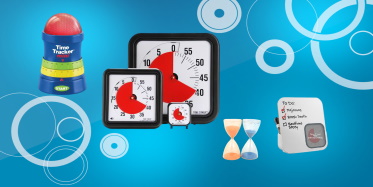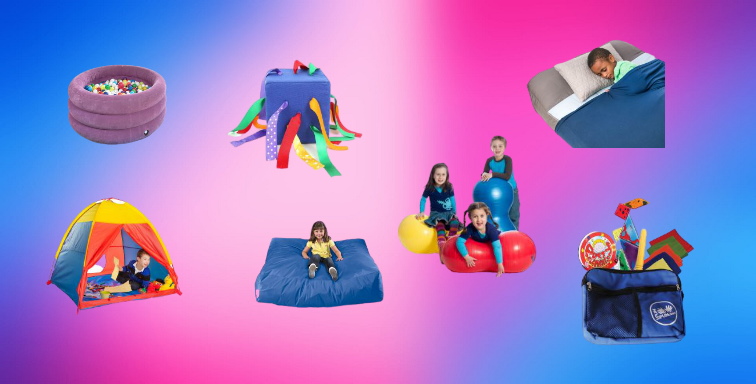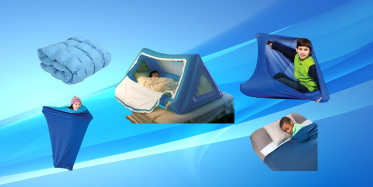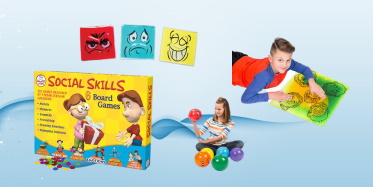In addition to medication and therapy, much can be done to help ADHD Elementary School kids to cope with ADHD symptoms. There are strategies teachers can use in the classroom; special equipment for ADHD pupils that schools should have; coping strategies that school kids should be taught and learning tools and gadgets to help ADHD children make the most of their academic potential.
Read in this guide:
-
-
- Tools for College Students with ADHD
- ADHD Learning Tools
- Products for ADHD School Students
- ADHD Tools and Gadgets
- ADHD School Equipment
- Sensory Room Ideas for Elementary School
- What does ADHD look like in the classroom?
-

